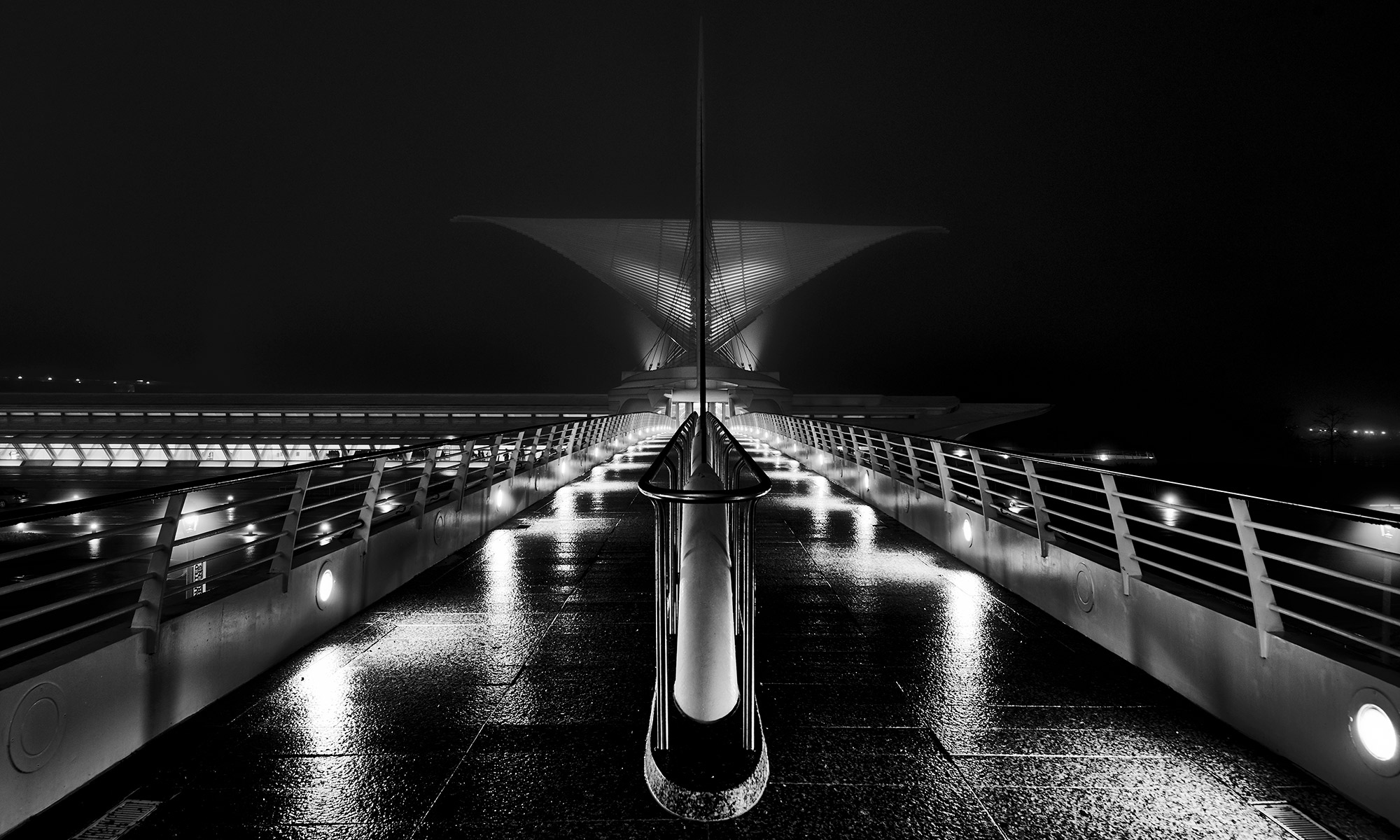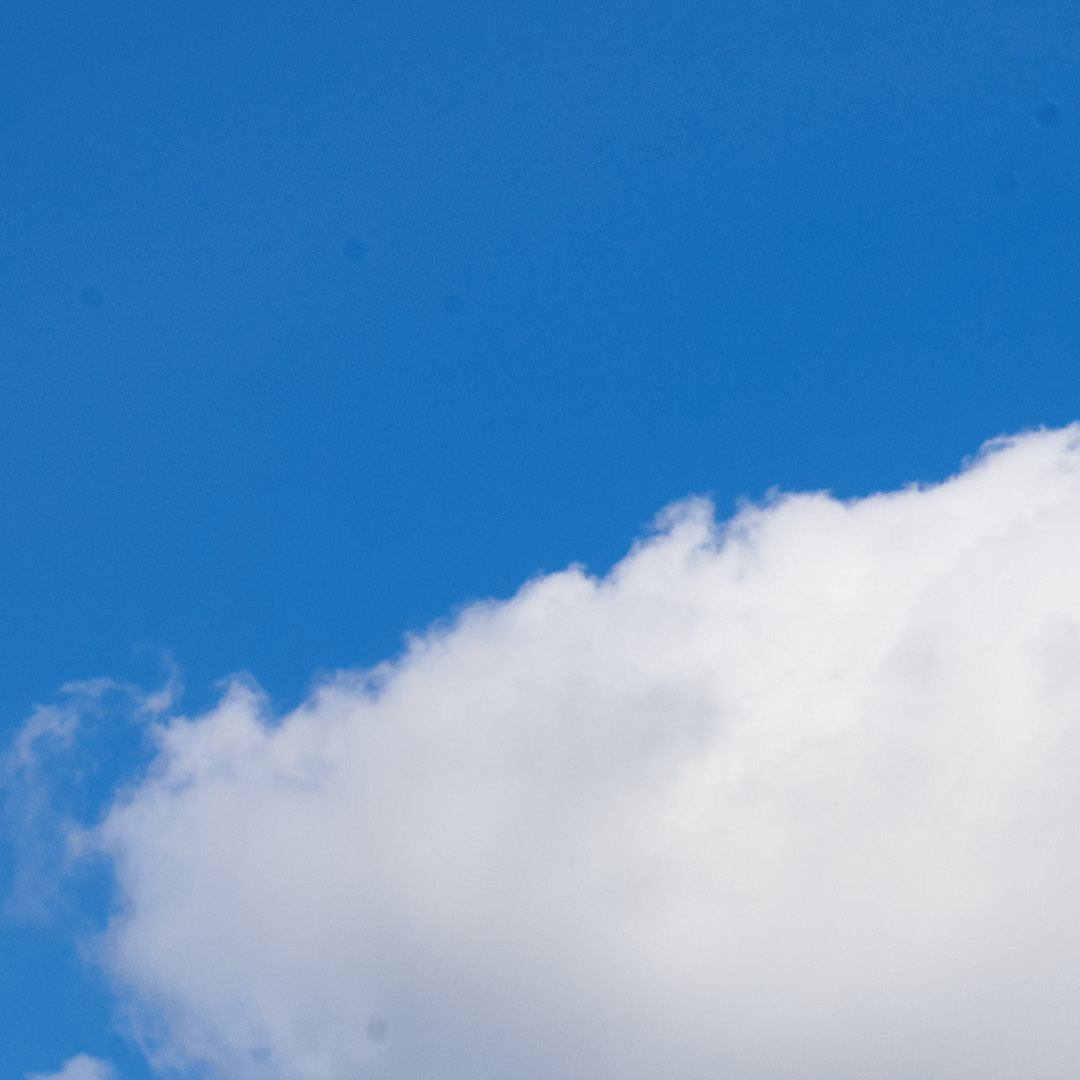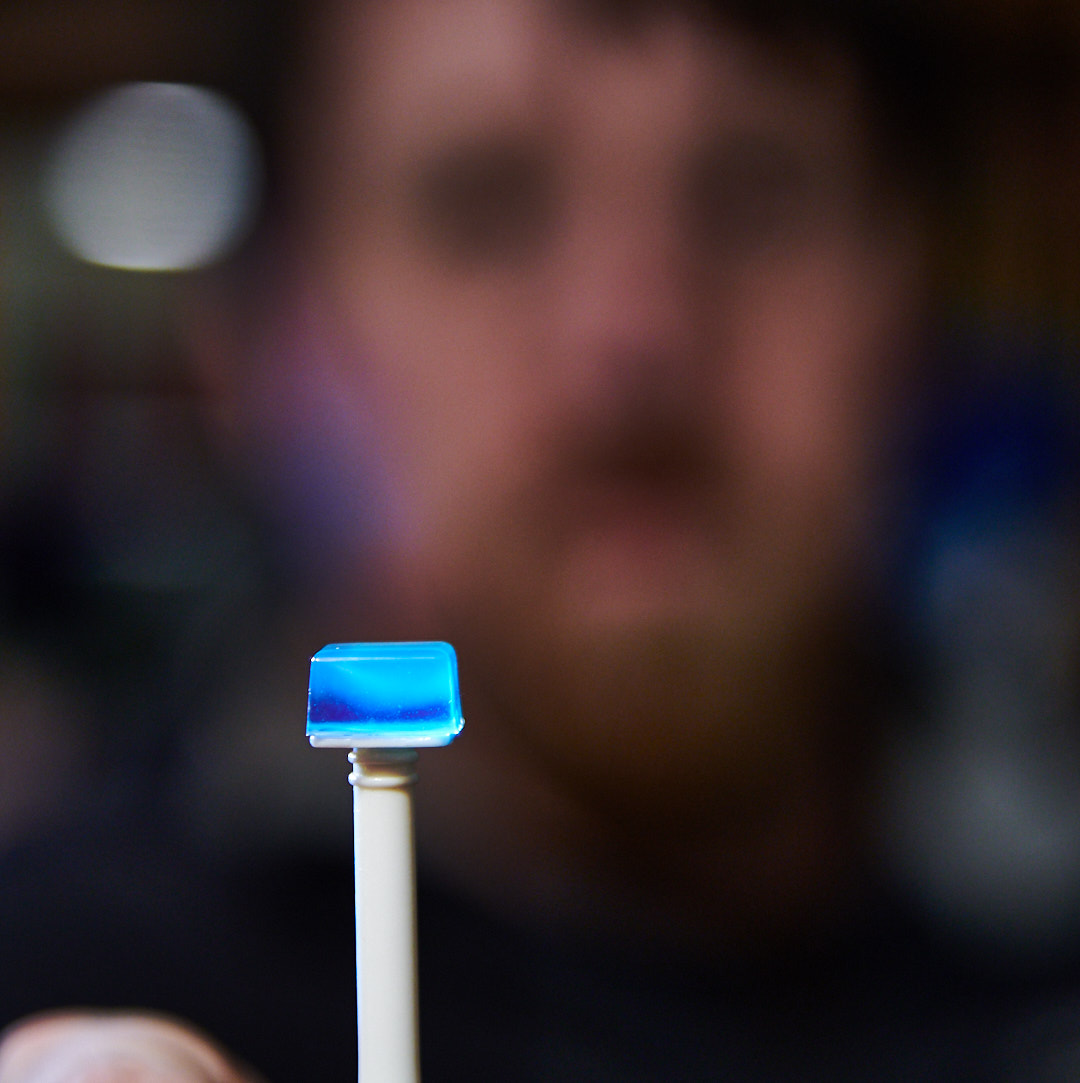Few things are scarier to the average photographer than the idea of cleaning your own DSLR sensor, but if you are careful it is not difficult to do safely and successfully. That said, it is possible to damage your camera, so be slow and careful, and I am not responsible for any damage that you do to your equipment. Read any instructions on cleaning supplies and tools, and follow them over this post.
Sensors need to be cleaned when dust, oil, or other residue is left on in. It is natural for this to occur, and needing to clean the sensor occasionally should not be considered a malfunction. Junk on your sensor is most visible against even backgrounds, like a blue sky, and at higher apertures, although in some cases it will be visible even against busier backgrounds.
If you see dust spots on your images, it is time to clean your sensor. If you can see the spots in your viewfinder, the problem isn’t in your sensor, it is ether in the viewfinder or the lens.
Sensor cleaning is generally in three levels: The self cleaning built into most cameras, cleaning with a gel stick, and wet cleaning with cleaning solution and sensor swabs. Generally I will proceed as far as it takes through these in that order when my sensor needs to be cleaned.
Self cleaning is a function that vibrates the sensor (or the UV filter in front of the sensor) to shake dust loose. There is usually a strip of felt or another material under or around the sensor that catches the dust so that it does not get right back on the sensor. Self cleaning is good for cleaning dust off the sensor, but will not clean liquid-based residue from the sensor. Most modern DSLRs and mirrorless cameras have self cleaning built in, and it is often set to run automatically when the camera is turned on or shut off. Check your camera manual to see how to run the self cleaning, and try that before doing anything more intrusive.
The other methods are more intrusive, and involve opening the shutter and touching the sensor (actually, the UV or antialiasing filter in front of the sensor) with something to clean it. This is where a variety of damage could occur, so proceed with caution.
To access the sensor, most modern DSLRs have a function to lock the mirror up and the shutter open for cleaning. Check the manual for your camera, but as an example with my Nikons you use “Lock mirror up for cleaning” in the setup menu, press the shutter button to lock it up, and then turn the camera off when you are done. Make sure you have a fresh battery in the camera to prevent any damage if the battery runs out and the shutter and mirror close. Some cameras will not allow the shutter to be opened without a nearly full battery, so if the option is disabled, try charging the battery. In older DSLRs you need to put the camera in bulb or time mode to keep the shutter open. Use extreme care with this, as the shutter closing could damage the shutter, mirror, or other mechanisms. The sensor can also attract dust when it is charged for an exposure, so this method should not be used if a cleaning mode is available.
Cleaning supplies:
Sensor cleaning loupe: (https://amzn.to/2GTC7aY – Note that links are Amazon affiliate links) This allows you to see dust and other gunk on your sensor. Loupes designed for cleaning sensors have LED lights built in to illuminate the inside of the camera and highlight the dust. I have cleaned my sensor without one, but it normally requires more test shots and trips back to re-clean.
Gel stick:(https://amzn.to/2GSsysB) The gel stick is used to pick up junk off the sensor. There is a special version for Sony cameras (https://amzn.to/2GzmGRG), that should also be used for Fuji and recent Leica cameras. These cameras have a coating on the sensor that causes residue to be left by the standard gel stick. It may be possible deal with this by wet cleaning the sensor , but I have heard of permanent damage being done by using the normal (non Sony) stick on one of these cameras.
Cleaning solution: Eclipse (https://amzn.to/2GSuBgh) is probably the most popular, but in any case make sure that the fluid you use is designed for sensor cleaning, not regular lens cleaner. Lens cleaner can leave residue on a sensor, sensor cleaner is designed not to.
Swabs: I have used VSGO kits (https://amzn.to/2Gxr1sT) that come with sensor cleaner and swabs and was satisfied with the results, and VisibleDust (https://amzn.to/2GB7oMt) is also a trusted brand, . Swabs come in full frame and crop versions, make sure you get the right size or you are in for a frustrating time.
Cleaning:
A gel stick is a very effective way to clean particles off of sensors, and can also clean some liquid based residue. They are a stick with a small block of sticky gel on the end, which is used to gently dab the sensor and pick up dust or other gunk. Touch the gel gently to the sensor and lift off, do not wipe it across. Wiping could draw a particle across the sensor and potentially damage it, or leave residue from the gel. The stick should come with pieces of cleaning tape, dab the gel against this to remove any particles it has picked up. The tape is more adhesive than the gel, so the debris is transferred to the tape, cleaning the gel. Normally you only need half of the piece of tape, so tearing them in half gets you twice as many cleanings. If the gel is losing its stickiness, rinse it with water and allow it to dry. Do not touch the gel with your bare fingers, as it will get oil on the gel, which could make a mess on your sensor.
Using swabs and cleaner is the only way to clean more persistent junk. Swabs come individually wrapped, and are only meant to be used once. You should probably not start cleaning without at least half a dozen swabs available, since if any spots from the cleaner is left, you may need another swab, and you don’t want to be caught short.
Open the swab only when you are ready, apply a couple drops of Eclipse or your preferred sensor cleaner (not lens cleaner, make sure you are using a cleaner designed for sensors), let it soak in for a few seconds, and wipe across the sensor on one clean swipe. The swabs are designed to be as wide as the sensor is high, so the swab should be wiped from side to side, with the width of the swab covering the sensor.
Check the sensor with your loupe, or take a test shot (I use test shots of a blue sky at f11 or tighter, and bump up the clarity/contrast to check) and use another swab if needed.
Preventative measures:
The best way to keep your images free from sensor gunk is to employ preventative measures, such as:
- Keep a lens or body cap on your camera any time you are not actually changing lenses.
- Clean the outside of your camera, especially around the mounts on the camera and lens. Anything here can end up in the camera, and on your sensor.
- Clean the back of your lenses, not just the lens element but the mount and other surfaces. This too can end up on your sensor or lens surfaces.
- Keep the camera upright or lens down when possible. Carrying or storing with the lens up allows anything in the mirror box to fall to the back and get on the sensor.
- Use a blower like the Giottos Rocket (http://amzn.to/2DGzN1e Links are Amazon affiliate links) to gently clean out the mirror box. I avoid canned air or other compressed air solutions, which could damage the camera.
Have you cleaned your own sensor? Please leave any thoughts or tips in the comments.


